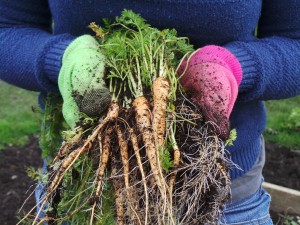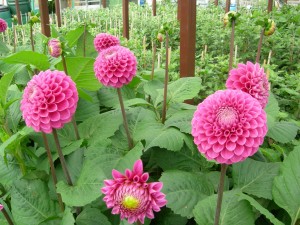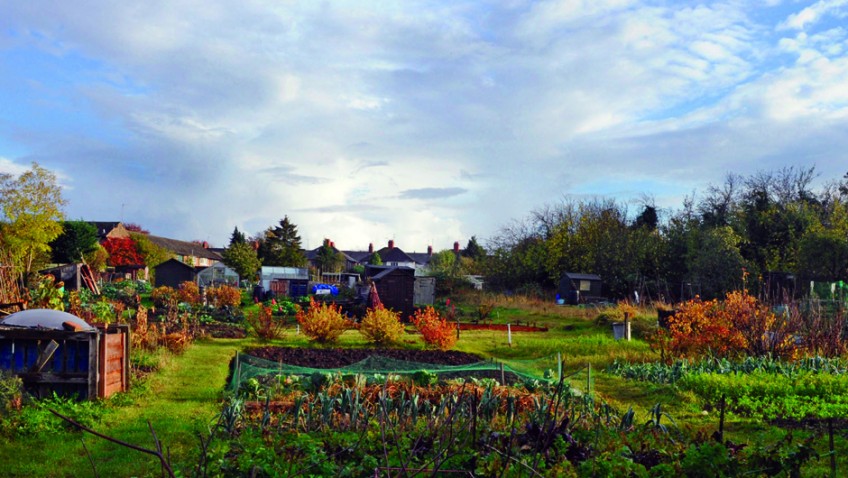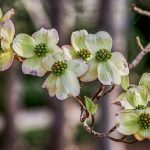An allotment is an area of land, leased either from a private or local authority landlord, for the use of growing fruit and vegetables. In some cases this land will also be used for the growing of ornamental plants, and the keeping of hens, rabbits and bees.
An allotment is traditionally measured in rods (perches or poles), an old measurement dating back to Anglo-Saxon times. 10 poles is the accepted size of an allotment, the equivalent of 250 square metres or about the size of a doubles tennis court.
The majority of the local authority allotments we use today were created in the 20 century in response to food shortages in the two World Wars, but allotments were originally a way of giving a means of growing food to the labouring rural poor, who were suffering as a result of the acceleration of enclosures of common land in the 18 century.
National Allotment week
National Allotments Garden Trust and the National Society of Allotment and Leisure Gardeners
are teaming up to get local authorities recognising their importance – not just locally – but nationally too.
The theme for the week this year is designed to emphasise the benefits that allotments bring to everyone regardless of age or gender and to also highlight the fact that we need to value our remaining plots and preserve them for future generations to enjoy.
If you have an allotment what could you do for the all-important week? Learning about how sources are grown is very educational – so these organisations are calling for school pupils to be taken on visits to allotments. They are also asking the owners of the allotments to open them up to the public for the week!
Sadly, allotments are constantly under threat from developers so it is very important that local communities support their allotments. Why not visit an allotment near you to see what’s going on?
How to get an allotment
Getting an allotment can take time as waiting lists are long, but in the first instance you should contact your local authority – this will be your Parish, Town, Borough, City or District Council. Your local authority will be able to provide you with a directory of local sites, from where you’ll be able to add your name to a list for your nearest site.
Other allotment sites are provided by private landlords, including organisations like the Church of England. Find your local allotment society and ask them if they know of any available plots or who manages the land which they use if it’s not owned by the local authority. You never know, you might be able to persuade the management committee (or landlord, if the site is not self-managed) into renting you a section of a plot as opposed to a full one – one way of getting the  waiting lists down. National Allotment Society member sites can also advertise plot vacancies on their website www.nsalg.org.uk.
waiting lists down. National Allotment Society member sites can also advertise plot vacancies on their website www.nsalg.org.uk.
Getting Started
While it is exciting taking on a new allotment, it can also be very daunting, especially if you inherit a neglected, overgrown plot. Before you take on a plot, check out the following factors:
- A full allotment plot is 10 rods (approximately 250 sq m/300 sq yd), but half plots are usually available if this is too much to manage
- Most, but not all, sites have water; but check what other facilities are available, such as storage sheds, compost and toilets
- Check also if there are any limitations in the lease which, for instance, prevents fruit tree planting or the erection of structures such as greenhouses, polytunnels or sheds, and if there are problems such as theft and vandalism.
Benefits
In a recent survey by the NAS nearly every person said their love of allotment gardening comes from the fresh air, home grown produce, healthy lifestyle and like-minded people this activity offers. A quarter of people said they go to their allotment to socialise and for the camaraderie.
Often being located near housing developments, allotments are essential habitats for wildlife. By cultivating an allotment you are helping to keep biodiversity levels buoyant.
And you can’t beat growing your own.
by Charlotte Courthold




